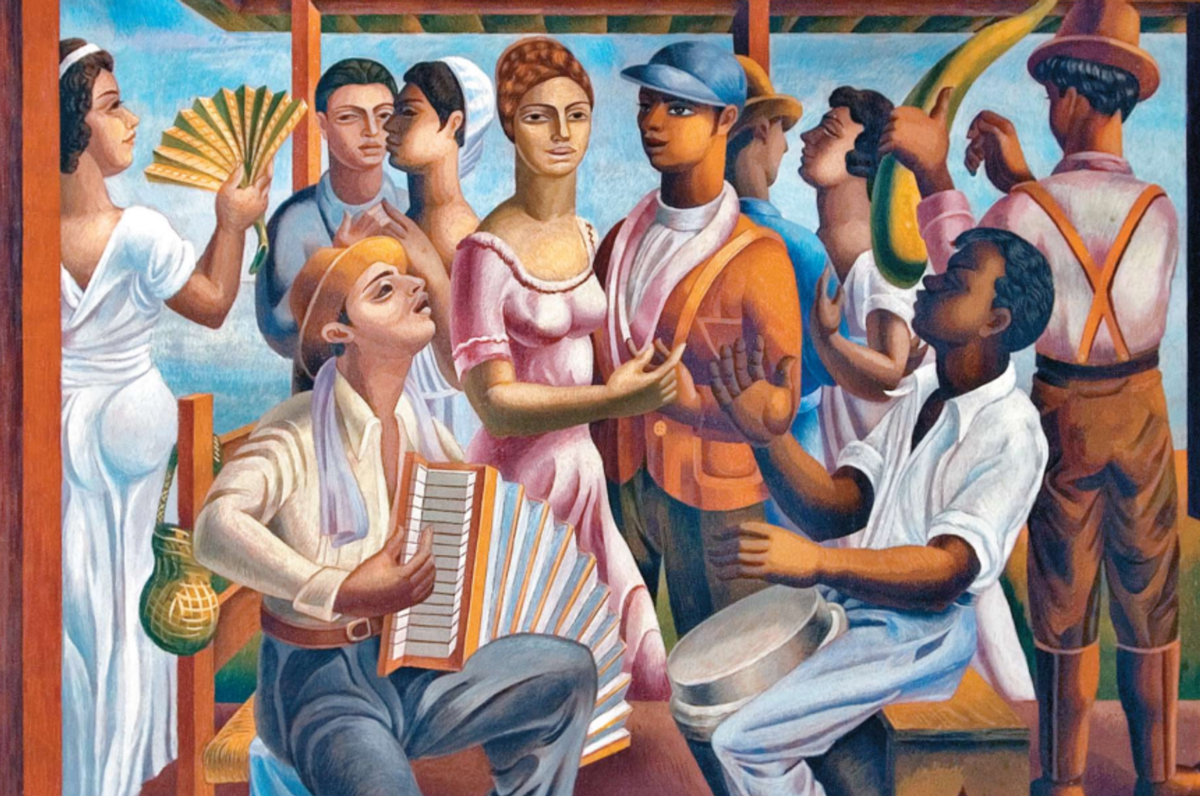Dominicans say “Cójelo con take it easy” instead of saying “Don’t worry.”, and I think that’s beautiful.
As Hispanic Heritage Month (HMM) comes to a close, I find myself reflecting on my own experience embracing the various ways I can identify and celebrate my heritage in the United States, including being Dominican, Hispanic, Latino, Latinx, Afro-Latino, Black, and multiracial.
In my previous blog post, My Hispanic Heritage, I detailed my family’s journey of immigrating to the United States from the Dominican Republic, and my deep connection with both my Spanish and African heritage. However, I neglected to add that growing up in the U.S., I don’t recall celebrating Hispanic Heritage Month or being celebrated for my heritage.
For many non-Hispanics, the demographic terms “Hispanic” and “Latino” may seem interchangeable, and they often, think that we all share the same culture. This couldn’t be further from the truth. While we may share the same base language of Spanish, Hispanics are comprised of individuals stemming from twenty-one Spanish-speaking countries across the Americas and Spain. Each country of origin shares its own unique dialect, jargon, celebrations, music, food, and cultura.
What does “Hispanic origin” mean?
The pan-ethnic term “Hispanic” is an identifier for individuals from or with family heritage from Spanish-speaking countries across Latin America and Spain. The term made its first official appearance in the 1980 Census after Mexican-American and other Hispanic organizations lobbied for the government to collect demographic data on this growing group of individuals in the United States.
Countries of Hispanic origin are: Argentina, Bolivia, Chile, Colombia, Costa Rica, Cuba, Dominican Republic, Ecuador, El Salvador, Equatorial Guinea, Guatemala, Honduras, Mexico, Nicaragua, Panama, Paraguay, Peru, Puerto Rico, Spain, Uruguay, and Venezuela.
What is Hispanic Heritage Month?
Hispanic Heritage Month, also known as Latinx Heritage Month, is a joyous time for the Hispanic community to celebrate our similarities as well as our differences. It is celebrated every year from September 15th to October 15th (my birthday, y’all 🥳) and recognizes the many contributions, diverse cultures, and extensive histories of the Hispanic community in the United States. This annual celebration started in 1968 as Hispanic Heritage Week under President Lyndon Johnson and was enacted as an official, month-long holiday by President Ronald Reagan.
The Hispanic Population, Hoy En Día
The Hispanic population is the fastest-growing minority group in the United States. Currently, the total Hispanic population is comprised of an estimated 62.5 million individuals and accounts for one-fifth of the total U.S. population. The Pew Research Center reports that individuals with heritage from Venezuela, the Dominican Republic, Honduras, and Guatemala have experienced the highest population rise among U.S. Latinos. Additionally, in California and Texas, Hispanics are currently the largest demographic group, surpassing the non-Hispanic White population. This growth isn’t expected to slow down anytime soon. According to the Census, the Hispanic population will reach 111 million by 2060.
What does Hispanic Heritage Month mean to me?
I’ve been asked this question many times over the years, and my response has changed every time. This year, I wanted to be more intentional in my thoughts and feelings about celebrating my Hispanic roots and Hispanic Heritage Month, so I wrote the following poem about “What Hispanic Heritage Month means to me”:
How do you celebrate your Hispanic heritage and what does be Hispanic mean to you? Share your thoughts below.
Art credit: Merengue by Jaime Colson (1938)

